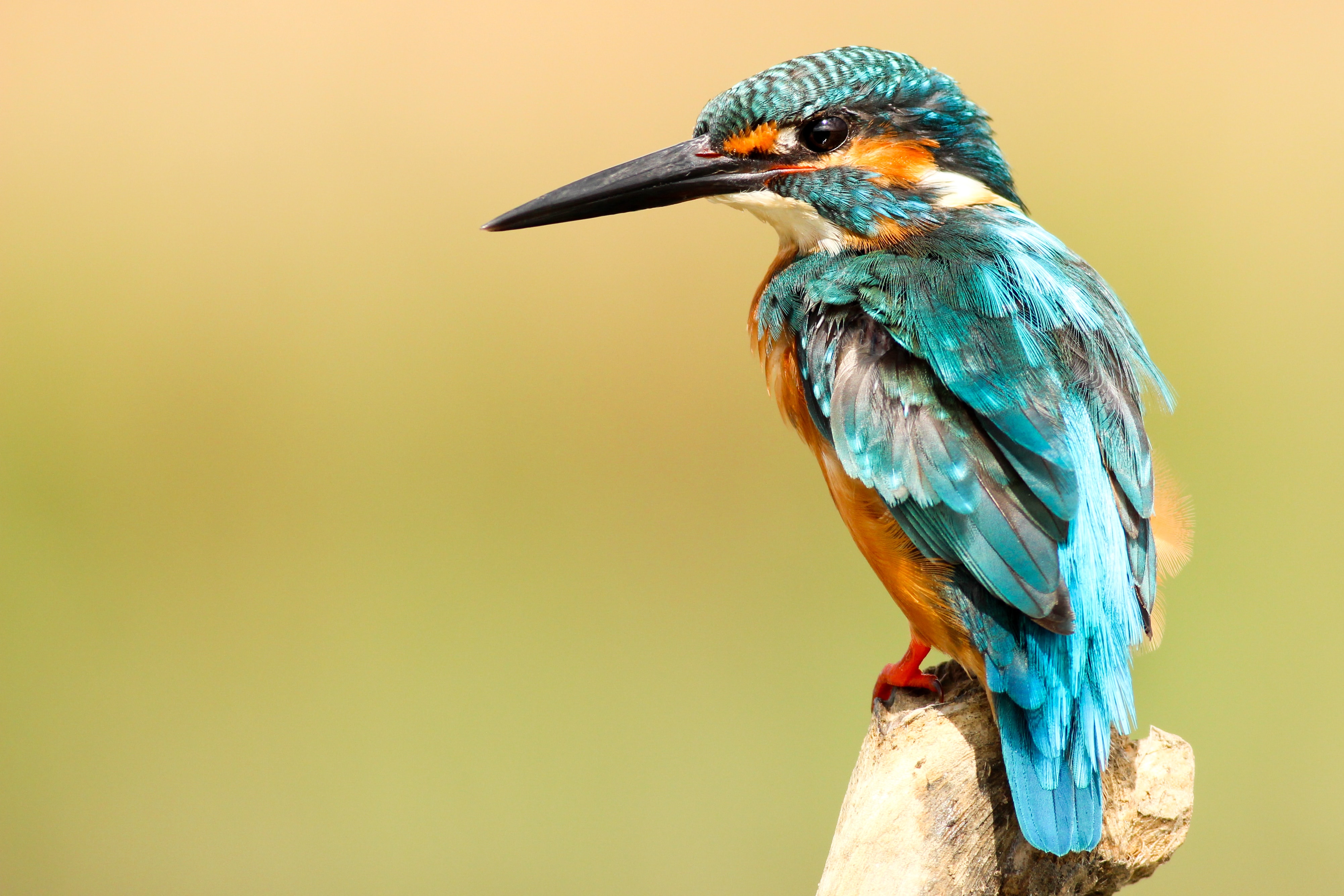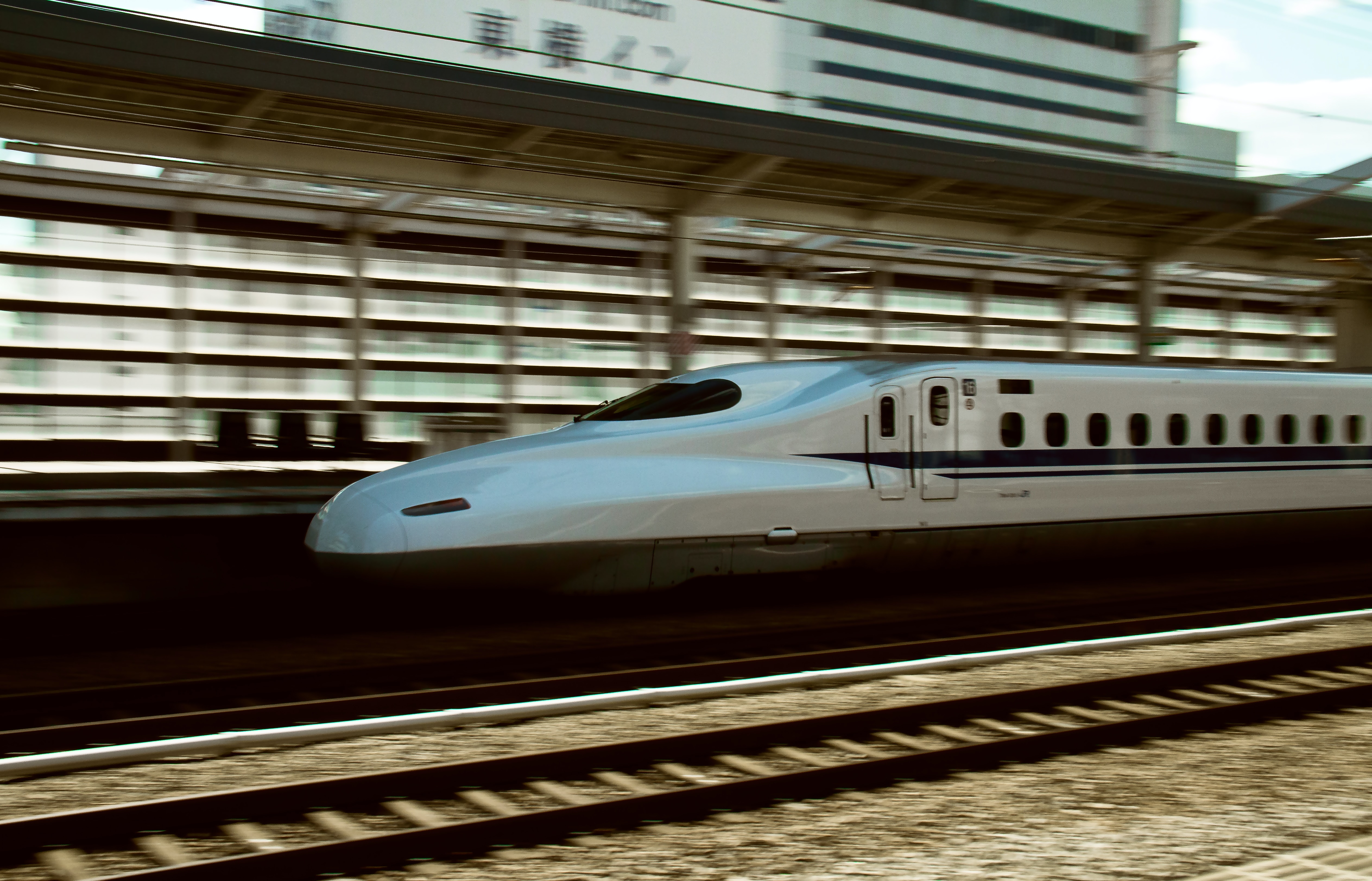Science | Innovation | Nature | Inspiration | Engineering

In the briliance of nature which has spent billions of years engineering its way out of challenges through adaptation and evolution while producing some marvels, one can always draw inspiration to innovate solutions to our complex problems.
And that’s Biomimicry for you — nature-inspired innovation.
Biomimicry, which translates as imitation of the living, seeks to draw inspiration from natural selection solutions and apply the concepts to human engineering.
The fundamental notion behind biomimicry is that nature always functions on the principles of economy and efficiency while producing no waste.
Janine Benyus, an American biologist, popularised the term “biomimicry” through her 1997 book Biomimicry: Innovation Inspired by Nature telling what we can learn from the genius that surrounds us.
In the late 1990s, the Shinkansen bullet trains in Japan generated noise levels that could be heard 400 metres distant due to their speed of 320 kilometres per hour.
The high speeds created an air pressure wave in front of the train causing a thunderous “boom” sound when it passed through tunnels at the exit.
To mitigate this issue, the engineer redesigned the front of the train shaped like a Kingfisher’s long beak. When Kingfisher dives into the water for hunting, their long beak limits water disruption and noise production and keeps their prey unaware.
The redesigning resulted in the train slicing the air rather than trapping it inside the tunnels, resolving the unbearable sound and also allowing the train to travel at a 10% quicker rate while consuming 15% less electricity.

Another example of nature-inspired innovation is Velcro. A hook-and-loop fastener, which was inspired by the burr plant attachment in an animal’s fur.
In the 1940s, George de Mestral, a Swiss electrical engineer, when removing burrs from his dog noticed that its surface was made up of many tiny hooks.
Inspired by this, he went on to design Velcro by replicating this surface covered in small hooks and combining it with a surface covered in tiny loops, resulting in a handy product.

The bumps on humpback whale flippers — tubercles — have inspired the design of more efficient airplane designs, submarines with greater agility, and turbine blades that can harness more wind and water energy.

The echolocation abilities of bats have inspired the development of sonar technology used in navigation and mapping, particularly in environments where traditional GPS may not be effective.
Read More Stories
Kathmandu’s decay: From glorious past to ominous future
Kathmandu: The legend and the legacy Legend about Kathmandus evolution holds that the...
Kathmandu - A crumbling valley!
Valleys and cities should be young, vibrant, inspiring and full of hopes with...
Nepal’s high-altitude farms are thirsty. Could ice stupas help?
As snowlines rise and mountain springs run dry, Nepals high-altitude communities are facing...